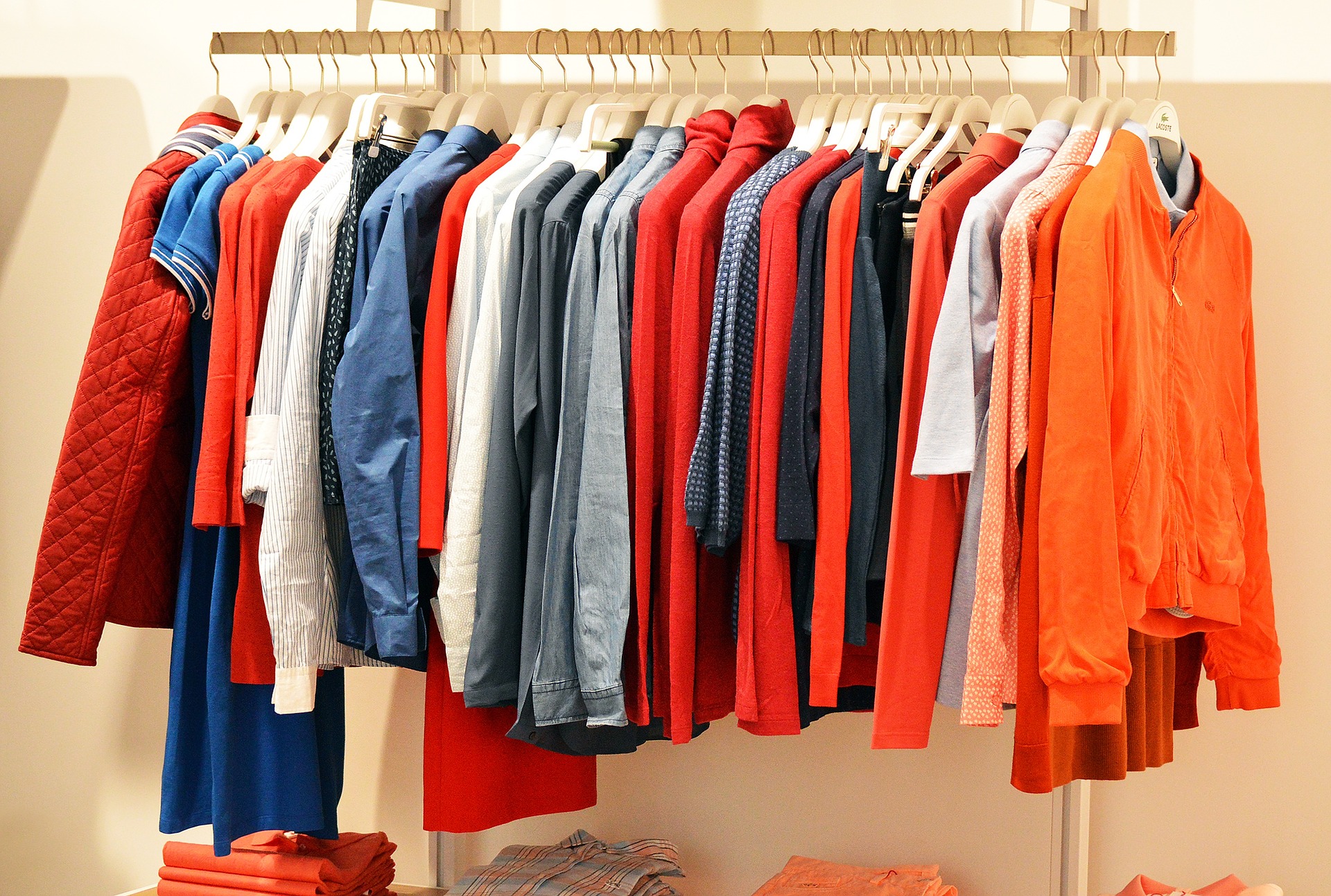Garment finishing is a series of mechanical or chemical treatments that impart functional properties to fabrics. These include calendering to make fab
Garment finishing is a series of mechanical or chemical treatments that impart functional properties to fabrics. These include calendering to make fabric smooth and shiny; mercerising, singeing, fire retardant, waterproof, anti-static and peach finishes.
Also Thread trimming, initial garment checking, ply numbering stickers and folding and packing of garments are done in the finishing department.
1. Calendering
Calendering is a non-permanent mechanical finishing process that involves passing a fabric or web between rolls for the purpose of flattening and increasing luster. A heating process often accompanies this technique.
It is an essential fabric treatment for enhancing the handle of cotton and linen fabrics. It also provides a very high sheen appearance. Its major role is to flatten the yarns and close interlacements in the fabric.
A variety of calendering machines are available for specific applications. These include swissing, friction, and chase calenders. In addition to improving a fabric’s appearance, calendering can also make it moth-proof. This is accomplished by coating the surface of the fabric with a resin that makes it indigestible to moth larvae and carpet beetles. Mercerized cotton with starch or resins (including melamine) are used for this application.
2. Sanforizing
Fabrics undergo strain both length- and widthwise during fiber to yarn conversion, spinning, weaving, bleaching, dyeing and finishing processes. This mechanical tension is released during washing in relaxed conditions which causes shrinkage and makes the garments go out of fit.
To minimize this after-wash fabric shrinkage woven fabrics are made shrink-proof by various mechanical (Compacting, Steering, Calendaring, Sanforizing) and chemical (Enzyme softeners, resin finish) garment finishing methods. Among these the most popular one is Sanforizing which has become the international standard of controlled compressive shrinkage process.
The sanforizing treatment limits post-wash fabric shrinkage of cotton woven fabrics to less than 1% and enhances their dimensional stability. Finished products can be labeled as sanforized if they meet specific test requirements set by the Sanforize company.
3. Crease-Resistant Finish
Crease resistant finish is a fabric treatment that improves the ability of fabrics to resist and recover from creases. It is usually used in woven cotton fabrics. It also helps in reducing the shrinkage of the fabric during laundering and improves resilience, handle and draping properties.
This finish improves wet and dry crease resistance and crease recovery values of cloth without undue tendering. The crease resistant finishing solution contains a thermosetting synthetic resinous material such as urea formaldehyde or dimethylol urea and a delayed acting catalyst.
Klopman’s crease resistant finish is available in both standard and eco-friendly versions (OC1). The OEKO-TEX® 100 Class 1 certified Eco-CreaseTM consists of advanced eco-friendly chemicals which provide good wet and dry crease resistance and improved crease recovery values.
4. Dyeing
Fabrics are dyed to create the desired color and appearance of a garment. Dyeing a fabric involves numerous processes, including scouring with aqueous alkaline solutions or enzymes to remove foreign material and flame singeing to smooth the surface of the textile. Other finishes such as sizing add weight and thickness to the fabric, and hydrophobic finishing makes the fabric water-repellent.
Integrated firms often dye and finish fabrics at plants separate from those that weave them. This practice requires large amounts of water, and it has negative environmental impacts.
During the dyeing process, a fabric can get stained by a variety of reasons, such as fabric to liquor ratio, salt concentration, temperature, alkali concentration and fixation time. This can lead to non-uniform depth of shade in the finished product.
5. Washing
Garment washing is the process of immersing garments in a finishing chemical. Using different wash treatments, garments can be rinsed, hydro extracted and tumble dried to achieve desired effects.
Consumers demand for aesthetics, appearance, handle and lustre is fulfilled by garment finishing processes. This also helps to ensure the fabric maintains its dimensional stability.
Garment Finishing department carries out major activities like checking garments, ironing and folding of garments before packing them into poly bags. In addition to this, the department receives body pieces from end line quality tables of sewing and also from washing section and checks them for minor sewing issues, trims and accessories. They then iron the body, fold it, cartooning and pack it with the hang tag as per buyer comments and then final inspection before sending to finished goods warehouse.apparel finishing

COMMENTS